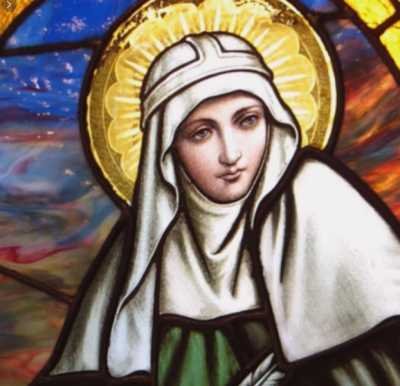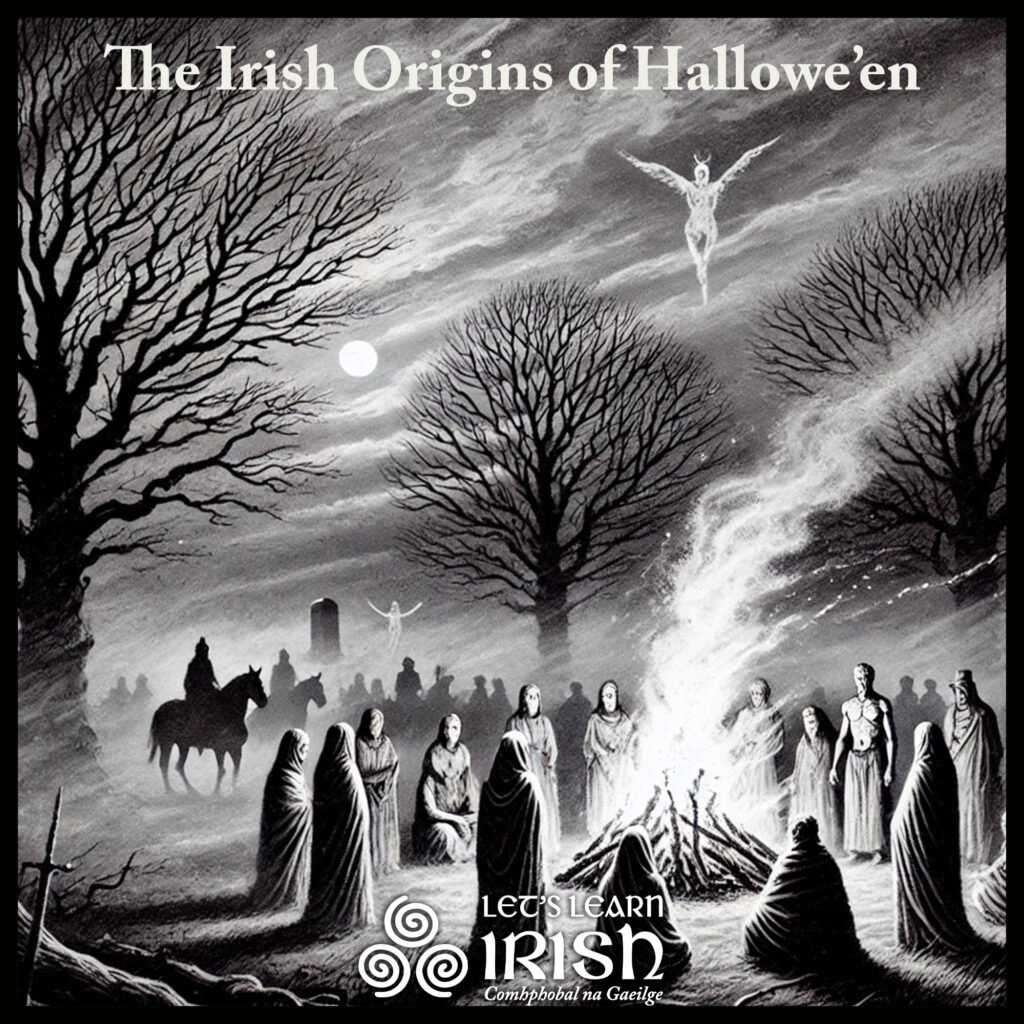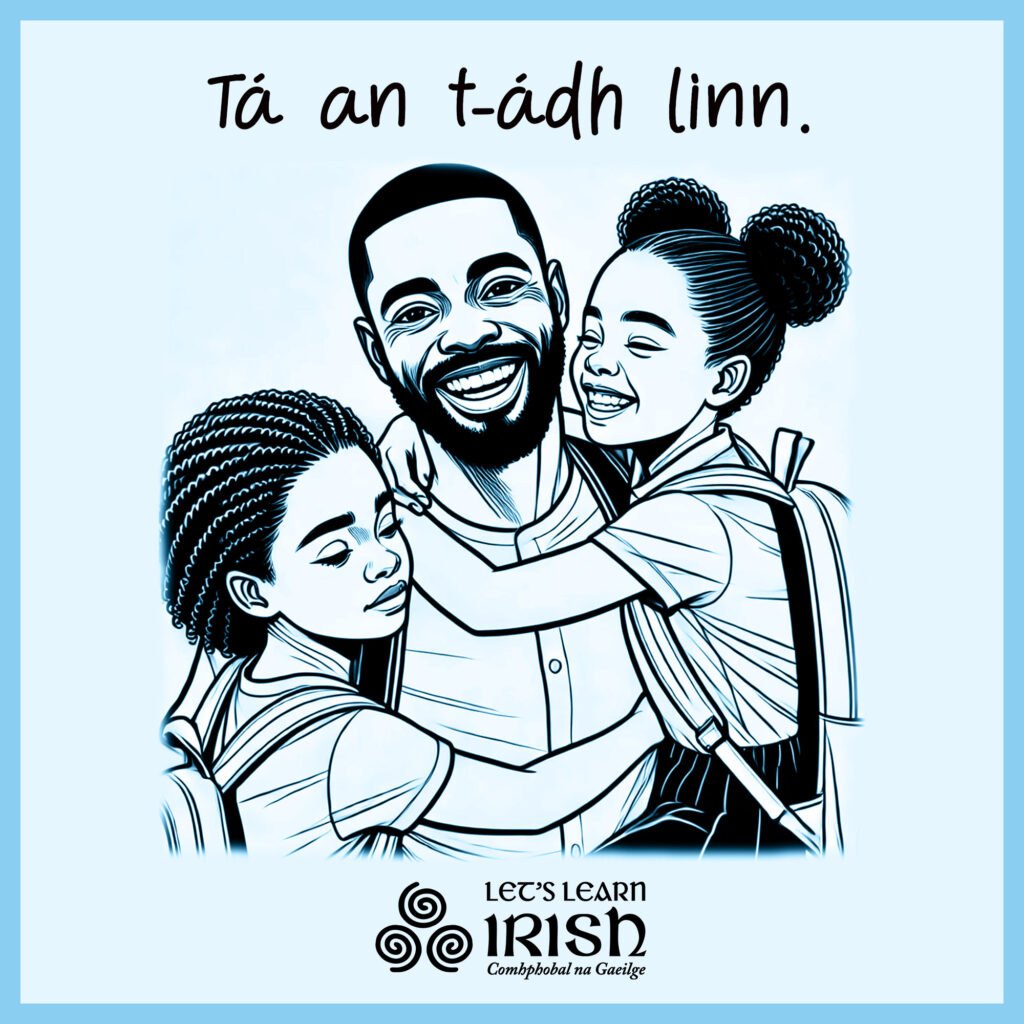Oíche Shamhna / Hallowe’en
Oíche Shamhna

Ba í an tSamhain an ceathrú ceann de na mórfhéilte sa saol Ceilteach (Imbolc, Bealtaine, Lughnasa agus Samhain). Ba í tús an gheimhridh í agus tús an tséisiúir dhorcha. Ghlactaí leis go raibh deireadh le fás na bliana agus go mbeadh an fómhar bainte agus curtha i stóras. Sa seansaol tógadh na beithígh anuas ó na tailte arda don gheimhreadh agus maraíodh na cinn a bhí ag teastáil i gcomhair feola.
Deirtí go mbristí an deighilt idir saol na mbeo agus saol na marbh ag Oíche Shamhna. Osclaíodh na doirse idir an saol seo agus an saol eile agus mheasc an lucht sí agus na spioraid leis na daoine. Chreidtí go forleathan go dtagadh anamacha na marbh ar ais go dtí a gceantar dúchais nó fiú go dtí a mbaile féin, agus bíodh gá fáilte a fhearadh roimh na taibhsí le ceol, le cluichí agus le bia. Thagadh an púca ag lorg torthaí a d’fhágtaí ar chraobhacha na gcrann, cur i gcás sméara agus úlla, agus deirtí nach bhféadfaí iad a ithe ina dhiaidh sin.
Nuair a tháinig Ré na Críostaíochta, glacadh le cuid de nósmhaireacht na págántachta. Is ag an am seo a thiteann Lá Fhéile na Naomh Uile (1 Samhain) agus Lá Fhéile na Marbh (2 Samhain), féilte a choimeádann an ceangal idir an saol seo agus an saol eile beo. Téann daoine fós go dtí an séipéal chun guí ar son anamacha na marbh.
Maireann cuid de na nósanna agus de na seanchluichí ón tseanam go fóill in Éirinn agus thar lear. Téann páistí ó theach go teach chun ‘bob nó bia’ a iarraidh, nós a cheaptar a thug imircigh leo as Éirinn go Meiriceá sa 19ú haois. Go fóill, lastar tinte cnámh ar Oíche Shamhna. Bíonn cluichí ina mbaintear plaic as úlla atá ar snámh i mbáisín uisce nó ar crochadh ón tsíleáil. Itear bacstaí, cál ceannann, cnónna agus úlla in áiteanna. Cuirtear rudaí ar nós fáinne i mbairín breac agus deirtear go bpósfar go luath an té a fhaigheann an fáinne.
Amharc ar ár bhfocail agus frásaí a bhaineann le hOíche Shamhna anseo!
Hallowe'en

Samhain was the fourth of the major festivals of the Celts (Imbolc, Bealtaine, Lughnasa and Samhain). It was the start of winter and the beginning of the dark season. It was assumed that the year’s growth was over and that the harvest would be harvested and stored. In olden times, the animals were brought down from the highlands for the winter and those that were needed for meat were killed.
It is said that the division between the world of the living and the world of the dead disappears at Hallowe’en. The doors between this world and the next were opened and the fairies and spirits mingled with the living. It was widely believed that the souls of the dead returned to their native area or even to their homes, and it was necessary to welcome the ghosts with music, games and food. The púca went searching for fruit left on the branches of trees, such as berries and apples, and these berries could not be eaten afterwards.
When Christianity arrived, some of the customs of paganism were accepted. It is at this time that All Saints’ Day (November 1) and All Souls Day (November 2) fall, festivals that keep the connection between this world and the next alive. People still go to the church to pray for the souls of the dead.
Some of the customs and old games from ancient times still survive in Ireland and abroad. Children go from house to house ‘trick or treating’, a custom thought to have been brought by immigrants from Ireland to America in the 19th century. Bonfires are lit on Hallowe’en. There are games where a bite is taken from apples that are floating in a basin of water or hanging from the ceiling. Boxty, colcannon, nuts and apples are eaten in some parts. Items such as a ring are placed in a barm brack and it is said that whoever receives the ring will soon marry.
See our list of useful vocab and phrases associated with Hallowe’en here!
Bígí páirteach!
Join the online Irish community at LetsLearnIrish.com.
Follow on social media @LetsLearnIrish.





